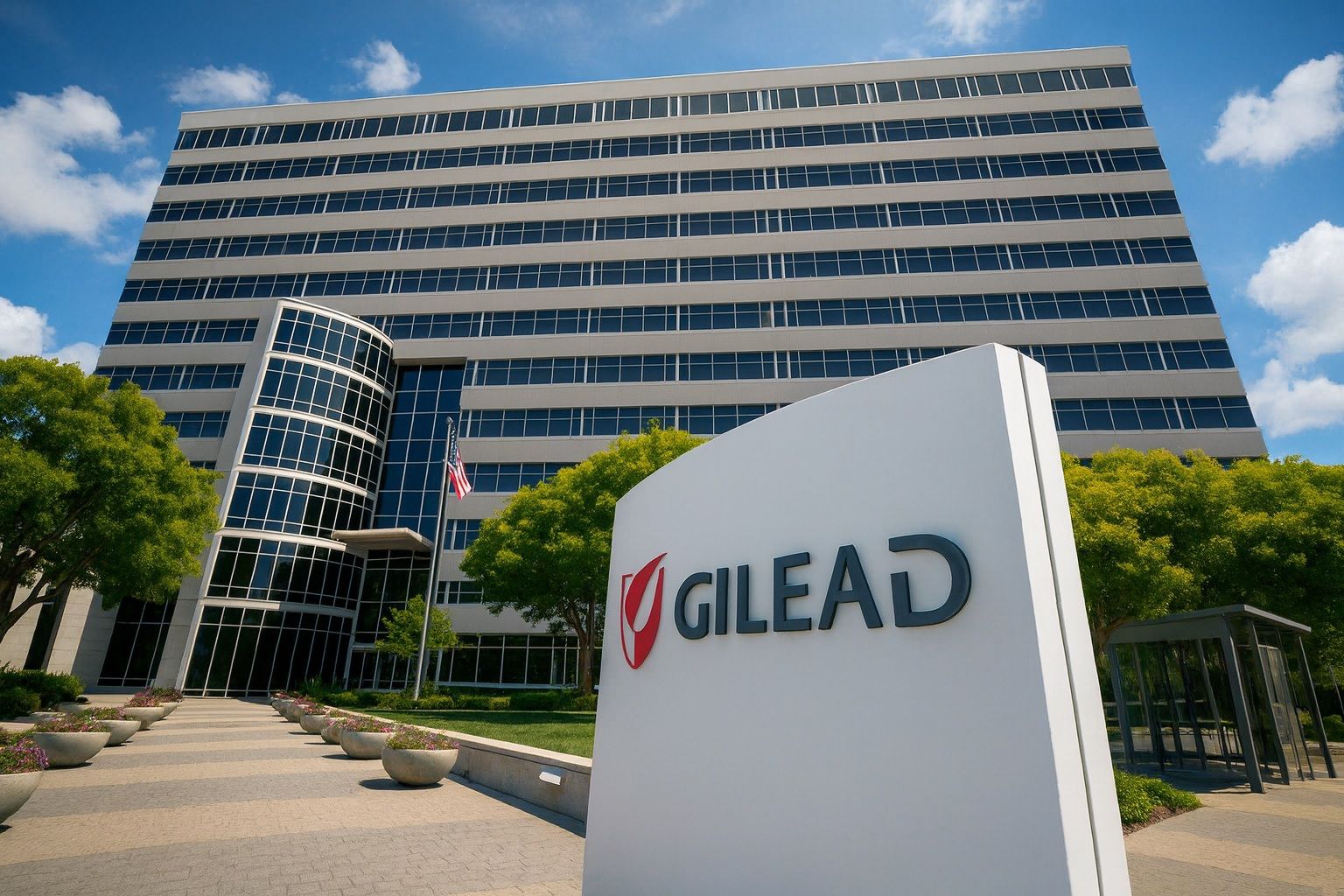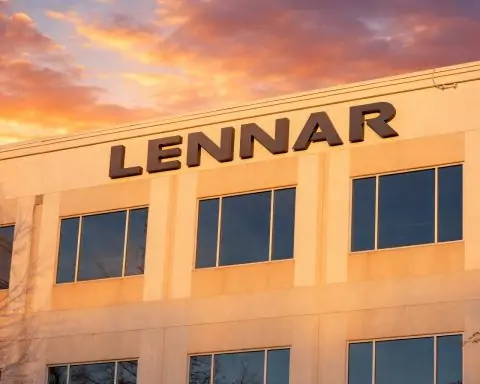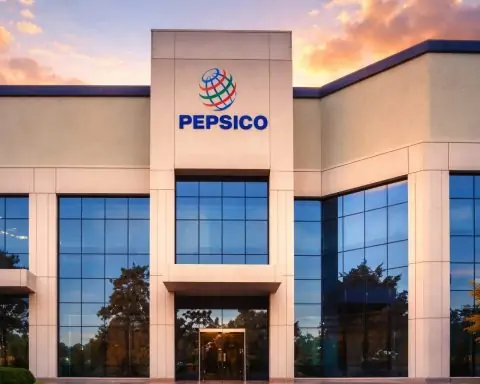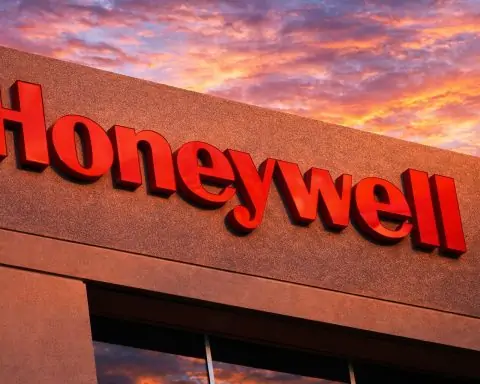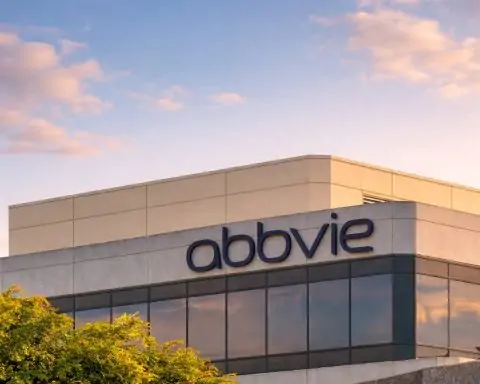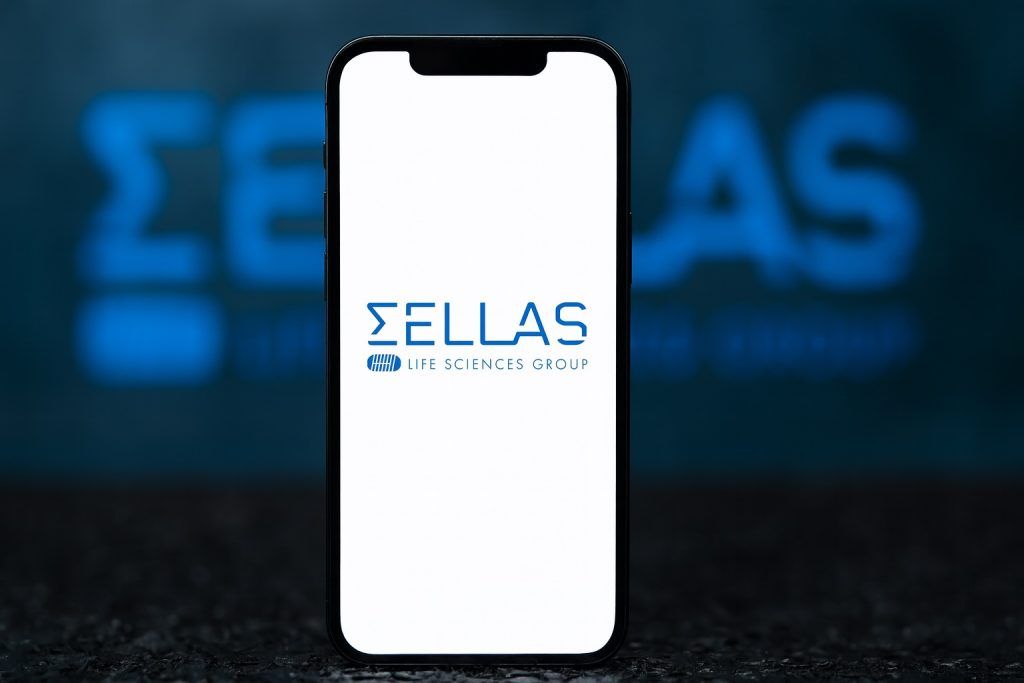- Stock Surge: GILD closed around $123 on Oct. 17, 2025 (up ~4.2% that day) as investors drove the price to near 52-week highs [1]. The stock is now roughly 40–47% higher year-on-year, far outpacing the broader biotech index [2]. Recent trading shows a strong bullish chart pattern as news on Gilead’s pipeline and strategy sparks buying [3] [4].
- HIV Franchise Wins: Gilead locked in its HIV leadership by settling generic challenges to Biktarvy, extending its U.S. exclusivity to April 2036 [5]. Analysts hail this as a “significant positive” that preserves Biktarvy’s >50% market share [6] [7]. At the same time, Yeztugo (lenacapavir) – the first twice-yearly injectable PrEP approved by the FDA – is ramping up sales and visibility. The U.S. CDC gave Yeztugo a strong endorsement for HIV prevention [8], and Moody’s explicitly cited the Yeztugo launch (alongside Biktarvy’s strength) in upgrading Gilead’s credit outlook to Positive [9]. CEO Daniel O’Day noted, “This was a very successful second quarter… including the FDA approval for Yeztugo,” as he pointed to robust Biktarvy and HIV drug sales [10].
- Earnings & Analyst Upgrades: Gilead’s August Q2 results beat forecasts, driving management to raise full-year guidance [11]. Wall Street has responded: for example, Rothschild Redburn lifted its 12-month price target to $143 (from $136) citing “strong physician feedback on Yeztugo” [12], while JPMorgan’s thesis pegs GILD to $145 within a year [13]. On average, analysts’ targets hover in the low-$120s. Even Moody’s reiterated Gilead’s solid fundamentals – affirming its A3 rating – and highlighted the Yeztugo launch and core HIV franchise as key positives [14]. (At the same time, some caution remains: RBC Capital warns that aggressive U.S. pricing reforms targeting high-cost drugs like Biktarvy could knock ~12% off its revenue [15].)
- Pipeline & Strategy: Beyond HIV, Gilead is doubling down on oncology and cell therapy. At the ESMO 2025 cancer conference (Oct 17–21), late-breaking Phase 3 data will reveal Trodelvy’s (sacituzumab govitecan) success in first-line metastatic triple-negative breast cancer [16]. As Gilead CMO Dietmar Berger explains, this could make Trodelvy “a standard of care… for all first-line metastatic TNBC patients,” reflecting “our broader oncology strategy” of moving therapies earlier in treatment [17]. The company is also expanding its cell therapy portfolio: Kite Pharma (a Gilead unit) agreed to acquire Interius BioTherapeutics for $350M to add an in-vivo CAR-T platform [18]. These deals – alongside a recent $1.5B+ CAR-T alliance in China – underscore Gilead’s commitment to novel cancer therapies even as some peers (Takeda, Novo Nordisk) retreat from cell therapy [19] [20].
- Biotech Market Context: The broader biotech sector is navigating macro headwinds (high interest rates, cautious funding) [21] [22]. Lower future Fed rates could give the industry a tailwind, as insiders note “falling interest rates will clearly be better for riskier segments” like biotech [23]. However, new U.S. drug-pricing rules add uncertainty: Gilead earns most revenue in the U.S., so policies like the IRA’s pricing negotiations or other reforms could pressure margins [24] [25]. Coverage hurdles have already appeared (for example, CVS has not yet placed Yeztugo on its commercial formulary [26]). Against this backdrop, Gilead’s recent Moody’s-positive upgrade and strong cash flows suggest it can weather policy shifts while funding growth initiatives [27] [28].
In summary, Gilead’s share price has rallied on a wave of HIV-related breakthroughs, pipeline achievements, and upbeat guidance. With third-quarter results due Oct. 30, investors will be watching for sustained growth. For now, analysts remain generally optimistic: the consensus rating is “Buy” (with average target ~$125) based on Gilead’s diversified portfolio and innovation [29] [30]. As management shifts into high gear on oncology and global health programs (e.g. a PEPFAR-backed plan to deliver Yeztugo overseas), the long-term outlook is that Gilead’s multiple drivers will more than offset sector risks.
Sources: Recent financial filings and earnings commentary [31] [32]; industry news and analyses [33] [34] [35] [36] [37]; Reuters and Fierce Pharma reports [38] [39]; analyst reports and MarketNews [40] [41]. Each cited source provides details on the topics above.
References
1. stockanalysis.com, 2. ts2.tech, 3. ts2.tech, 4. stockanalysis.com, 5. www.fiercepharma.com, 6. www.fiercepharma.com, 7. ts2.tech, 8. www.fiercepharma.com, 9. www.investing.com, 10. www.gilead.com, 11. www.gilead.com, 12. ts2.tech, 13. ts2.tech, 14. www.investing.com, 15. www.investing.com, 16. www.gilead.com, 17. www.gilead.com, 18. www.investing.com, 19. ts2.tech, 20. www.investing.com, 21. www.biopharmadive.com, 22. www.dcatvci.org, 23. www.biopharmadive.com, 24. www.investing.com, 25. www.investing.com, 26. www.reuters.com, 27. www.investing.com, 28. www.reuters.com, 29. www.investing.com, 30. ts2.tech, 31. www.gilead.com, 32. stockanalysis.com, 33. www.fiercepharma.com, 34. www.fiercepharma.com, 35. www.investing.com, 36. ts2.tech, 37. www.gilead.com, 38. www.reuters.com, 39. www.fiercepharma.com, 40. www.investing.com, 41. www.investing.com
